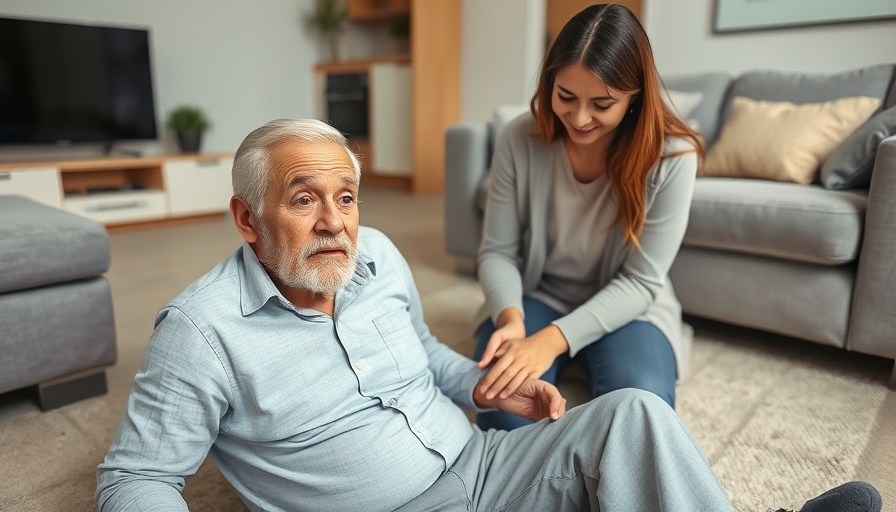
Understanding the Risks: Why Seniors Fall
Falling is not just a clumsy mistake; it can significantly alter the quality of life for many older adults. The Centers for Disease Control and Prevention (CDC) warns that one in five falls results in a severe injury, often leading to long-term challenges, both physically and emotionally. For seniors, the fear of falling can deter them from engaging in activities that keep them socially and physically active. Understanding the myriad reasons behind falls can lead to better preventive measures.
Personalized Approaches: Tailoring Fall Prevention
While general advice like exercise, medication reviews, and home safety checks form the backbone of fall prevention, they become truly effective when personalized to fit the unique circumstances of the individual. For instance, if an older person has balance issues due to side effects from medications, simply focusing on physical exercises may not suffice. An informed approach includes understanding medical history, vision concerns, and environmental risks, providing a custom roadmap to safety.
Actionable Steps: Taking Preventive Measures
The journey toward reducing fall risks begins with small but impactful changes. Senior citizens and their caregivers can evaluate living spaces, remove tripping hazards, and enhance lighting. Regular health assessments can provide insights into prescribed medications that might increase fall risks. Engaging in physical activities such as strength training and balance exercises also fortifies physical resilience. For those looking for guidance, professional physical therapists can provide tailored programs that fit the needs and abilities of older adults.
Community Support: Joining Forces to Prevent Falls
Community resources play a vital role in supporting seniors who wish to maintain independence and mobility. Many local organizations offer workshops that educate seniors and caregivers about fall prevention strategies. Moreover, forming support groups can foster a sense of solidarity and encouragement among seniors facing similar challenges, creating an environment where they can openly discuss their fears and share effective solutions.
Conclusion: Empowering Seniors to Stay Active
Falling might be a significant concern for older adults, but it doesn’t have to dictate their lives. By understanding the reasons behind falls and implementing personalized, actionable strategies, both seniors and their caregivers can take proactive steps toward living a safer, more active lifestyle. Now is the time to evaluate fall risks in your community and make a plan to keep our loved ones safe.
 Add Row
Add Row  Add
Add 




Write A Comment